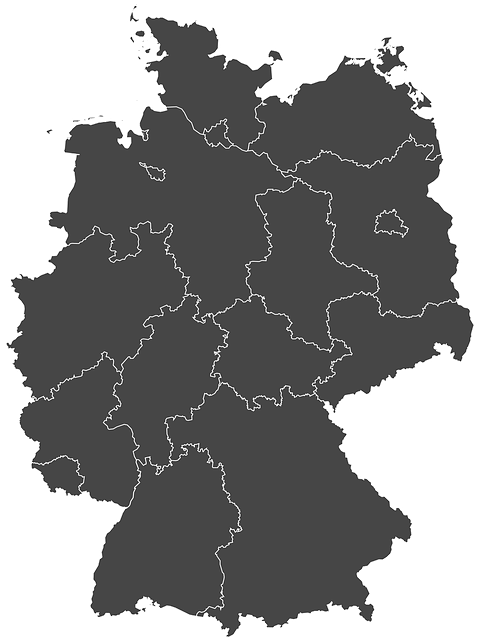For Houston web design companies, understanding analytics is key to optimizing website performance. By using tools like Google Analytics and heatmap software, businesses can track user behavior, page interactions, and site efficiency. This data guides strategic decisions to enhance page load speeds, improve conversions, and attract visitors more effectively in the competitive Houston web design market. Regular analysis of traffic trends, demographics, and high-performing pages ensures a competitive edge through continuous optimization.
Implementing analytics tracking is essential for any Houston web design. This article guides you through the process of monitoring website performance, from understanding core analytics concepts to choosing the right tools for your specific needs. We provide a step-by-step setup and interpretation guide, ensuring you gain valuable insights. Learn how to optimize your Houston web design based on these analytics, driving better user experiences and increased conversions.
- Understanding Analytics: The Foundation of Website Monitoring
- Choosing the Right Tracking Tools for Your Houston Web Design
- Setting Up and Interpreting Data: A Step-by-Step Guide
- Optimizing Website Performance Based on Analytics Insights
Understanding Analytics: The Foundation of Website Monitoring

Understanding analytics is the cornerstone of monitoring a website’s performance, especially for a Houston web design company or any digital business. It involves deciphering data provided by various tracking tools to gain insights into user behavior, page interactions, and overall site efficiency. By analyzing this data, businesses can make informed decisions about their online presence.
For instance, analytics can reveal peak visitor times, popular content, and areas of the website that require improvement. For a Houston web design firm, these insights are invaluable when optimizing sites for better user experiences. They can tailor designs, enhance page load speeds, and improve conversions based on concrete data, ensuring their websites not only attract but also retain visitors effectively.
Choosing the Right Tracking Tools for Your Houston Web Design

When it comes to evaluating and enhancing your Houston web design’s performance, selecting the appropriate analytics tracking tools is a strategic move. These tools offer valuable insights into user behavior, enabling Houston web designers and business owners to make data-driven decisions. Look for platforms that provide comprehensive reporting on metrics like page views, bounce rates, and time spent on site. Google Analytics is a popular choice, offering a free, robust suite of features that cater to various user needs.
For a tailored approach, consider specialized tools that focus on specific aspects of website performance. Heatmap software visualizes user interactions, helping you understand click patterns and identify areas of interest or confusion. Additionally, A/B testing tools allow you to experiment with different design elements, content, and layouts, ensuring your Houston web design remains competitive and optimized for user engagement.
Setting Up and Interpreting Data: A Step-by-Step Guide

Setting up analytics tracking for your website is a crucial step in understanding and improving its performance, especially for a Houston web design business aiming to attract and retain clients. The process begins by selecting an analytics platform, such as Google Analytics, which offers robust tools for data collection and visualization. After integrating the tracking code into your website’s codebase, you’ll need to configure goals and events to define key interactions you want to monitor, like sign-ups or page views.
Interpreting the data requires a methodical approach. Start by examining overall traffic trends over time, identifying peak hours or days, and understanding your audience’s demographics and behavior on the site. Look for high-performing pages that drive conversions and low-performing areas that may need optimization. Regularly review reports to spot patterns and make data-driven decisions that enhance user experience, ultimately boosting your website’s efficiency in a competitive Houston web design market.
Optimizing Website Performance Based on Analytics Insights

By implementing analytics tracking, Houston web designers and business owners gain valuable insights into website performance. These tools provide data-driven evidence about user behavior, page loading times, and conversion rates, among other metrics. Armed with this knowledge, designers can make informed decisions to optimize the website for better performance. For instance, identifying slow-loading pages allows for code optimization and content delivery network (CDN) integration, enhancing the overall user experience.
Analytics also help in understanding which sections of the site resonate most with visitors, guiding content creation and layout adjustments. Through A/B testing, designers can test different versions of a webpage to determine what design and content elements drive higher engagement and conversions. This iterative process ensures that the website continually evolves to meet user expectations, ultimately contributing to improved business outcomes in the competitive Houston web design landscape.
Implementing analytics tracking is a game-changer for any Houston web design. By understanding your website’s performance, you can make data-driven decisions to optimize user experience and boost conversions. With the right tools and insights, you’ll be navigating your site’s success with ease, ensuring it remains a vibrant and efficient digital hub.
